Making Inroads on the Ring of Fire?
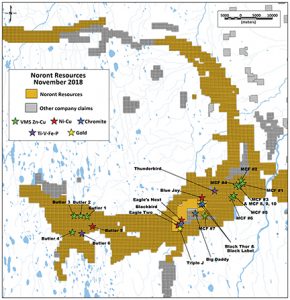
Mining claims in the Ring of Fire. CREDIT: NORONT RESOURCES
Depending on who you talk to, Noront Resources has either taken a key step forward to meeting its production targets at its Eagle’s Nest nickel-copper-platinum-palladium development in the Ring of Fire (ROF) or a giant step backwards. To date, the Toronto base metals company has handed off environmental assessment (EA) permitting for the contentious all-weather community access road into the site to local First Nations – while delaying by another year its production timeline to 2023.
“Our production depends entirely on the timing of the road construction and they still have to finish the EA and physical construction of the road,” says Noront CEO Alan Coutts. “You can’t rush these assessments; they have to be done properly, or they will end up in the courts.”
Along with the vagaries that accompany environmental assessment and First Nations consultation is the shifting health of commodity prices and investor confidence. Add to this the province’s hesitation under Premier Doug Ford’s Progressive Conservatives to match or approach the previous Liberal government’s promise of $1 billion in mining- related transportation infrastructure and questions about its commitment to the Ring of Fire remain.
A bigger role for First Nations
Since acquiring the McFaulds Lake copper-zinc deposit in 2015 and MacDonald Mines Exploration’s interests two years later (see CMJ June 2017), Noront controls about 85% of base metal holdings in the ROF, which is about 500 km northeast of Thunder Bay. Now, drilling is underway at a recently discovered copper zinc deposit 15 km east of its Eagle’s Nest camp – drawing attention once again to that all-weather road.
“There are a number of smaller copper zinc deposits and we think we’ve got a large one to complement that,” Coutts says. “If that’s the case, theoretically you can see a copper zinc enterprise making a copper zinc concentrate that could be trucked.”
The excitement in Coutts’s voice over a large mineralized land base in which to work and reap profit is palpable. But like any large holding where the terrain is uncertain, it’s important to keep eyes trained on potential pitfalls, notably an array of land users in the region anxious to protect their social, economic and environmental rights.
One solution proposed by previous government was consultation with the entire Matawa First Nations Tribal Council to ensure the rights of up to nine communities were protected. After four years of attempted consensus building, it became apparent the process was unwieldy and doomed to failure.
“The Webequie and Marten Falls First Nations are the traditional landholders in the area and always felt that they should be the leaders on the project,” Coutts says. So Noront and government left both First Nations to sort out any difficulties. The risk remained, however, that other First Nations land users would become alienated by the preponderant role played by Webequie and Marten Falls in road development.
Coutts is confident that Webequie and Marten Falls “as they do their road development will consult with other First Nations communities.” Once that is complete, Noront will turn to completing the EA on the longer road into the Ring of Fire, and consult with those communities as well.
“We think we’ve landed on a nice solution. I also see that some of the approaches to the western Canadian pipelines are mimicking what we’ve done.”
The road to chromite
So far stewardship over the EA process by Webequie and Marten Falls seems to be working well. The EA for the first half of the road to the Albany River with a connection to Marten Falls has started, as has the Webequie’s EA on their road to Pickle Lake. On Jan. 25, Webequie also released its official notice of commencement on terms of reference for an EA along the corridor from its community into the Ring of Fire.
The focus now is precisely along that stretch of road up into the Ring of Fire. “Government, Marten Falls and Webequie as we speak are determining who’s going to be the First Nations proponent of that stretch of road,” said Coutts in early February. “We’re hoping to hear that announcement within maybe two or three weeks’ time.”
Let’s be clear, though, says past First Nations chief and current advisor to Marten Falls, Lawrence Baxter. In an interview with CMJ, Baxter made it abundantly clear an access road must first be built into the Marten Falls community.
“We fought hard for that. At this point in time we’re not considering building a road into the Ring of Fire,” Baxter said.
For her part, Christine Kaszycki, Assistant Deputy Minister responsible for the Ring of Fire notes baseline studies have already been undertaken, including wildlife and water impacts. “Those studies include the segment extending north to the Ring of Fire and they are being carried out as part of the work underway with respect to the community access road.” Kaszycki sees that as a signal of the community’s interest in pursuing an all-weather road directly into the ROF.
Noront’s Coutts appears to have made progress along another front, i.e. narrowing down the location for a chromite smelter from four proponents to Timmins and Sault Ste. Marie. The goal, Coutts said, is to mine a chrome ore at its Blackbird site and truck that ore to a local railhead before sending it by rail to the Sault.
How does government indecision around the road impact all this? Big time, replies Coutts. Glencore, which owns the Timmins site and Algoma Steel, owner of the Sault Ste. Marie site, can’t wait forever. “We said, ‘Guys stand by, you both have excellent sites that can be re-purposed to produce a ferrochrome.’
“And we’re going to continue to negotiate the commercial terms for both those sites. But we need to get some clarity from the provincial government on when this road’s going to get built before we can sign an agreement.”
Continued uncertainty?
As she has in the past Kaszycki offers mostly generalities about where the road goes from here, arguing a number of factors come into play, not the least of which is federal funding. While the feds have provided socio-economic funding for investments in First Nations housing and water treatment, Kaszycki says nothing has been forthcoming recently on funding support from Natural Resources Canada or Infrastructure Canada for roads development into the ROF.
“Certainly Ontario is very interested in ensuring the opportunity extends into the ROF with respect to the roads currently being constructed,” Kaszycki said, “and we’ll continue to work with communities and the company to move forward in a timely fashion.”
Is that enough for Coutts? “Ultimately, it’s about a five-year timeline from today to construction of a nickel concentrate from Eagle’s Nest that could go down that all-season road.” But only, Coutts added, if the province makes up its mind about its support for the road. In addition to completion of the EA process, financing the Eagle mine will be required as road construction progresses.
Much can happen over that five-year period, of course, but Coutts remains bullish. “We’re working well with local First Nations and with Greg Rickford, Minister of Energy, Mines, Northern Development and Indigenous Affairs. So we think everything is lined up very nicely and hope to see that EA advancing early this year.”
Investors will be happy to hear that, especially those who heard Coutts warn earlier the entire project could be halted if financing dried up. A critical question for investors now will be how delays have impacted or may impact long term valuation and cap costs at Eagles’ Nest. “I can’t really say they have changed, because we haven’t done a lot of work in that area,” Coutts said.
“Once the road permitting is established and construction starts to move ahead we will update our feasibility on Eagle’s Nest.” Coutts noted, for example, the price of nickel may be lower now than it was in 2012, but the price of palladium is double the price it was. How that updated feasibility study turns out “might give us a different view,” he concluded.
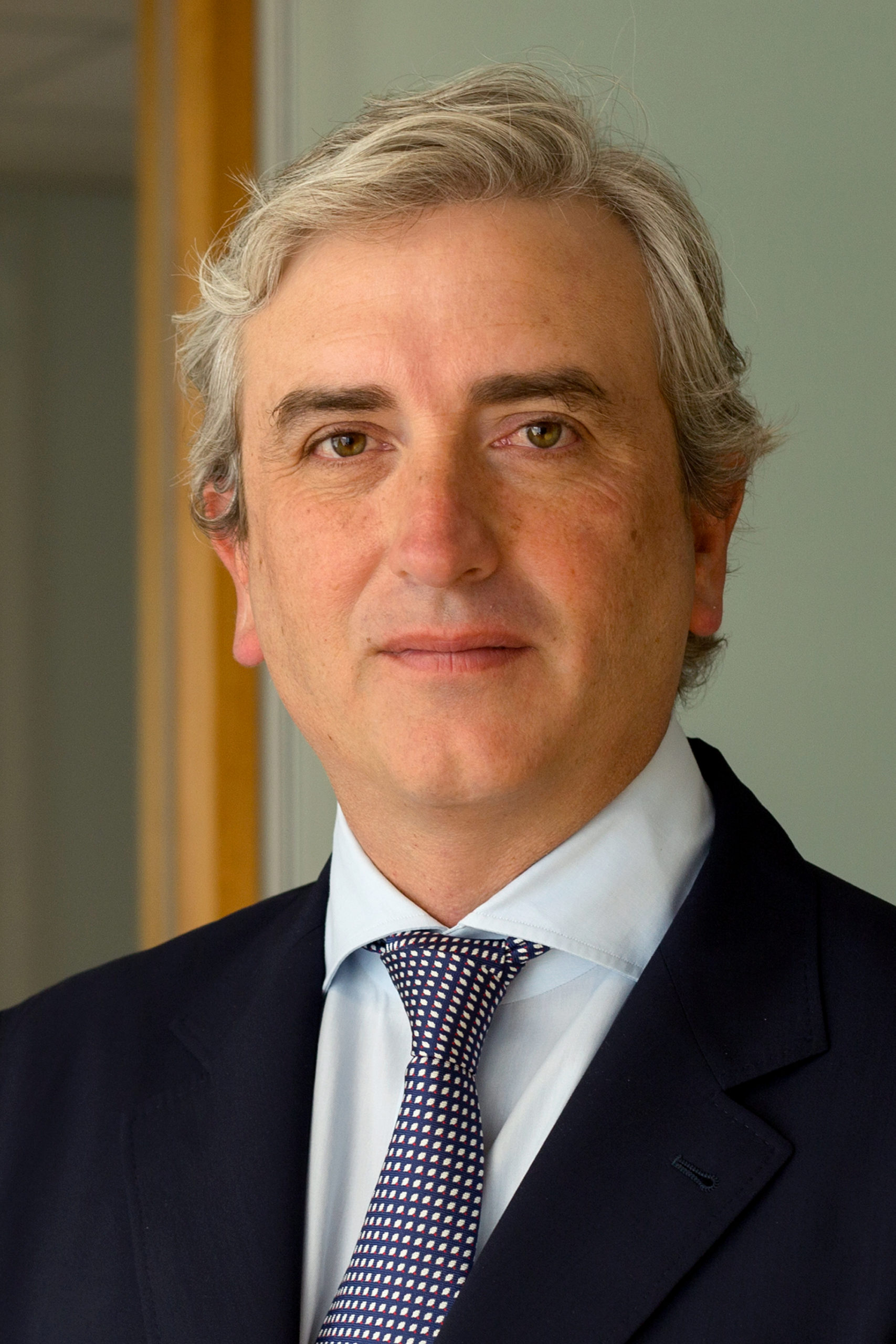
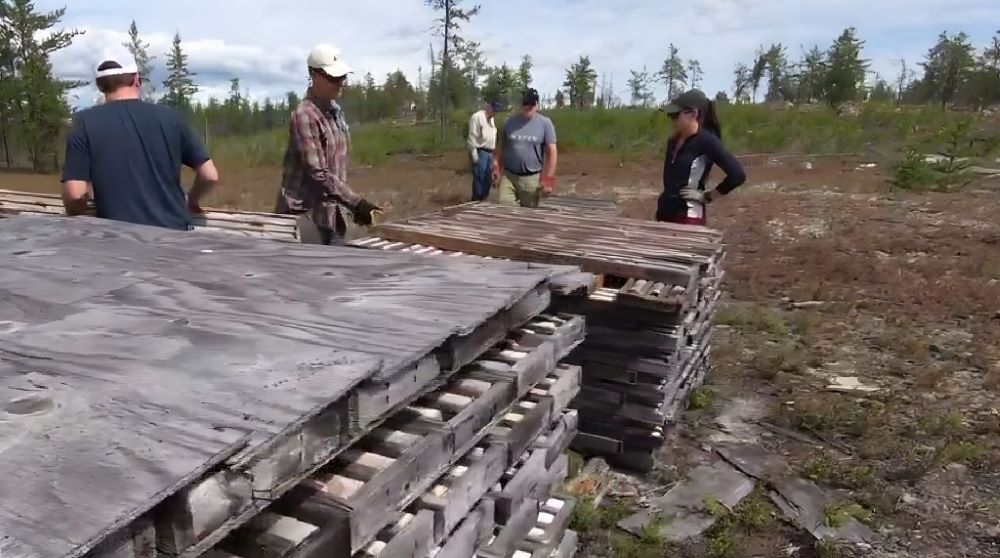
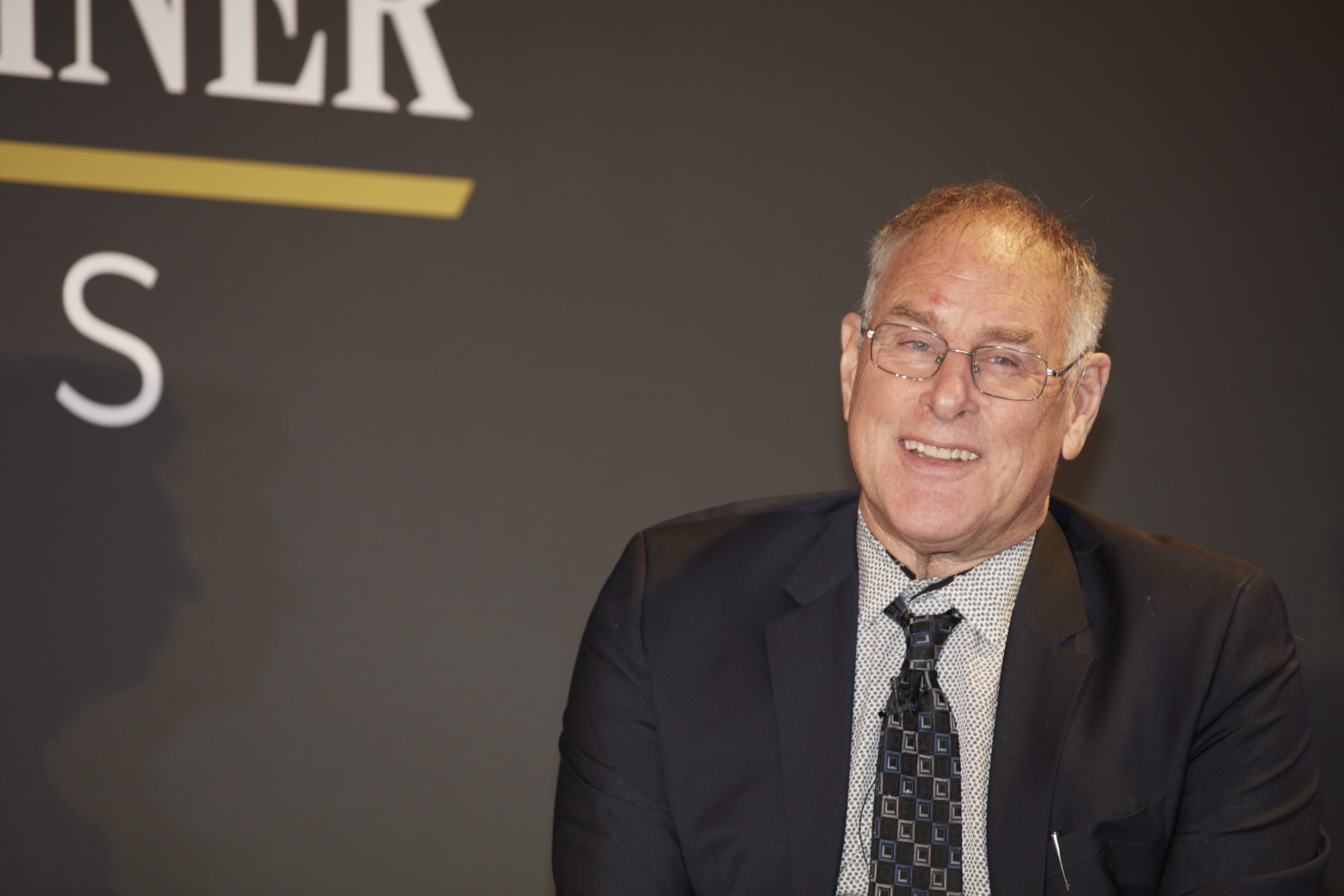

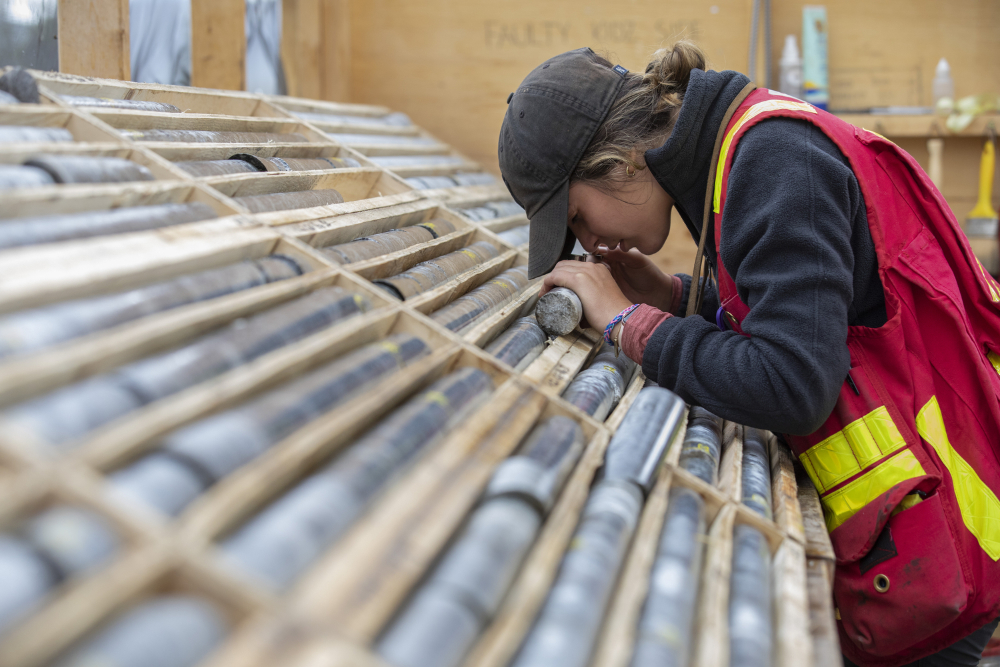
Comments
john wolfe
Only Canada would leave 100’s of billions in mineral resources stranded. Give the first nations a big stake in the project, jobs, and training, a seat on the Board and fund for any environmental issues and get er done